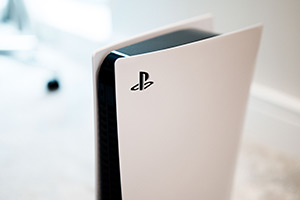



Professional hardware and software repair services
Console Repair
No matter what gaming console it is, Scot-Comp offers a comprehensive repair service for all the major models.
Tablet Repair
Here at Scot-Comp Edinburgh we know how to handle handle tablet repairs of any kinds for competitive prices.
Laptop Repair
Scot-Comp is a laptop repair specialist in Edinburgh. We are able to fix any brand within a short period of time.
Computer Repair
Scot-Comp provides hardware and software repair services and upgrades to private clients and businesses.
Data Recovery
Hard Disk Drives data recovery fixed prices. No Data, No fee, No hidden fees. Apple friendly.
About Us
We offer repairs of most kinds of electronic devices: Laptops, Desktops, Consoles etc. We provide several computer services for individuals and for businesses as well. See the list of our available services, also calmly ask us about other computer services, what you can not find in the list.





